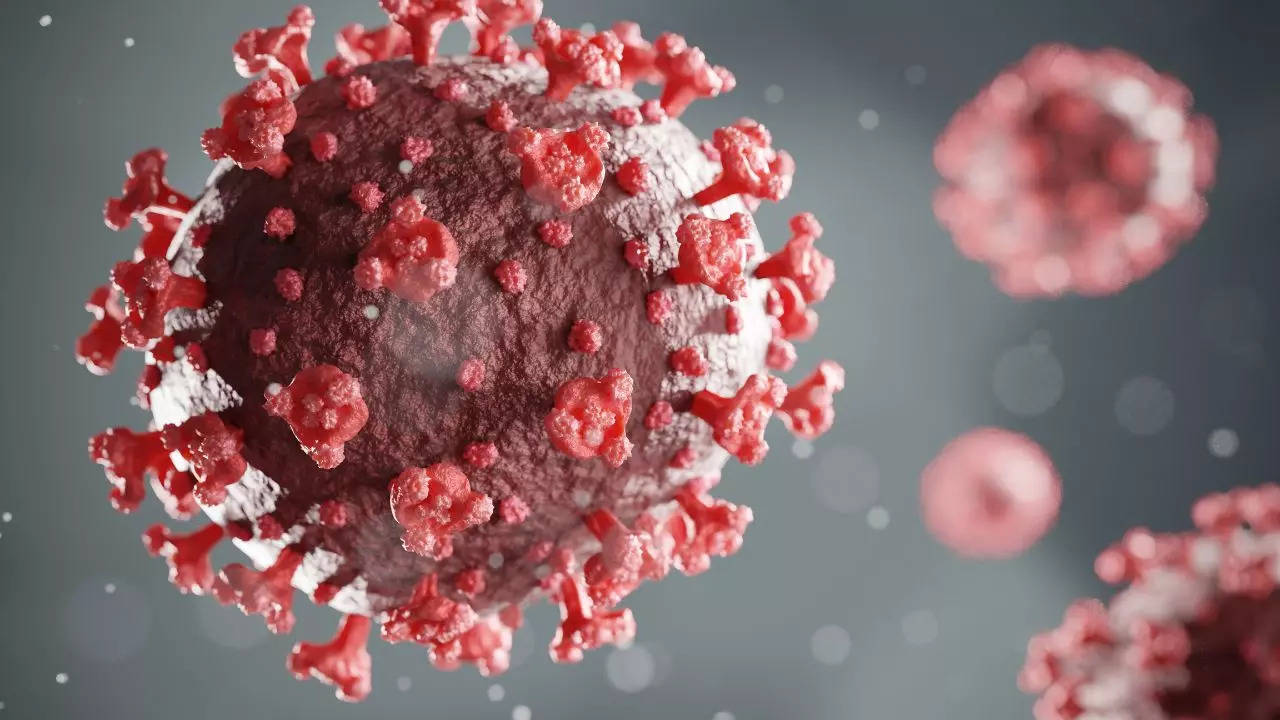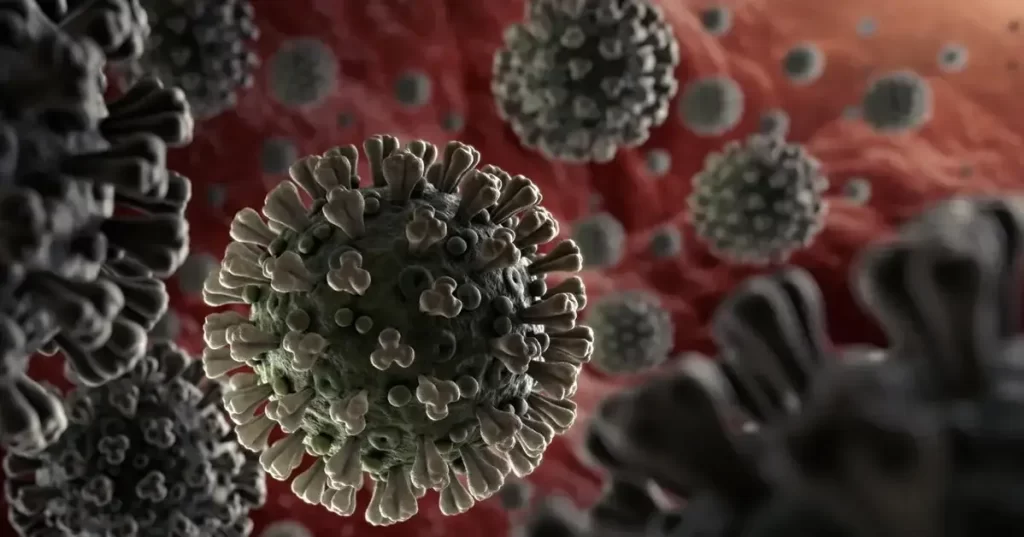New COVID KP.3 Variant: Latest CDC Data & Insights
Introduction
The COVID-19 pandemic has been a transformative global event, affecting every aspect of life worldwide. The emergence of new variants continues to alter the dynamics of the pandemic, with the KP.3 variant being one of the latest to raise significant concerns. This comprehensive report delves into the origins, characteristics, and impact of the KP.3 variant, supplemented by the latest data and insights from the Centers for Disease Control and Prevention (CDC).
Origins and Identification of the KP.3 Variant
The KP.3 variant, first identified in late 2023, emerged from a few isolated cases that quickly drew the attention of the scientific community. Genomic sequencing revealed significant mutations in the spike protein, a critical component of the virus that facilitates entry into human cells. These mutations are of particular concern because they may increase transmissibility and enable the virus to evade immunity, prompting health officials to closely monitor its spread.
The initial cases of KP.3 were detected in a cluster of infections in Southeast Asia. Scientists were alerted by unusual spikes in transmission rates and the rapid spread within communities. Early investigations revealed that this variant had mutations similar to those seen in other highly transmissible variants, such as Delta and Omicron. These mutations not only raised alarms but also highlighted the need for immediate research and analysis to understand the variant’s potential impact fully.
Key Mutations and Characteristics
The KP.3 variant possesses several key mutations that set it apart from earlier strains. These mutations, particularly in the spike protein, are believed to enhance the virus’s ability to bind to human cells, increasing its transmissibility. One of the critical mutations involves a change in the receptor-binding domain, which is the part of the spike protein that directly interacts with human cell receptors. This alteration can potentially make the virus more adept at infecting cells, leading to faster spread.
Another concerning mutation in the KP.3 variant is its ability to partially evade immunity. This means that individuals who have been previously infected with COVID-19 or those who have been vaccinated might not have as robust an immune response against this variant. The mutations in the spike protein can alter the virus’s surface structure, making it harder for antibodies generated from previous infections or vaccinations to recognize and neutralize the virus effectively.
Epidemiological Trends and Spread
Since its identification, the KP.3 variant has spread to multiple regions worldwide, showing varying degrees of impact depending on local conditions. Countries with high vaccination rates have generally observed a slower spread, while regions with lower vaccination coverage have experienced more significant outbreaks. The CDC has been closely monitoring the spread of the variant, providing regular updates on its epidemiological trends.
In the United States, the KP.3 variant has been detected in several states, primarily through genomic surveillance programs. Early data suggest that while the variant spreads more easily, the severity of illness it causes does not appear to be significantly higher than previous strains. However, the increased number of cases has led to more hospitalizations, particularly in areas with lower vaccination rates. This pattern underscores the importance of maintaining high vaccination coverage and boosting immunity in the population.
The global spread of the KP.3 variant has also highlighted the disparities in healthcare infrastructure and vaccination access. In countries with robust healthcare systems and widespread vaccination programs, the impact has been somewhat mitigated. In contrast, regions with limited healthcare resources and lower vaccination rates have faced more severe outbreaks. This has prompted international organizations to call for increased support and equitable distribution of vaccines to ensure that all countries can effectively combat the variant.
Impact on Public Health
The emergence of the KP.3 variant has posed several challenges to public health systems worldwide. The increased transmissibility of the variant has led to a surge in COVID-19 cases in several regions, straining healthcare resources and testing capacities. Hospitals in many areas have reported higher numbers of admissions, particularly among unvaccinated individuals and those with underlying health conditions.
One of the primary concerns with the KP.3 variant is its impact on healthcare workers. As case numbers rise, so does the risk of infection among medical staff, leading to workforce shortages and increased pressure on healthcare facilities. This situation has been exacerbated by the variant’s ability to spread more rapidly, causing clusters of infections in healthcare settings despite stringent safety measures.
In addition to the direct impact on healthcare systems, the KP.3 variant has also affected other public health efforts. Routine medical services, such as elective surgeries and preventive care, have been disrupted due to the need to prioritize COVID-19 cases. This has long-term implications for overall public health, as delayed treatments and missed preventive care can lead to worsening health outcomes for non-COVID conditions.
Read More:Incredible Discovery: Missing 1971 Jet Found in Lake
Vaccination and Booster Strategies
Vaccination remains the most effective tool in combating the spread of the KP.3 variant. The CDC has emphasized the importance of primary vaccination for individuals who have not yet received their initial doses. Vaccines have been shown to provide significant protection against severe illness and hospitalization, even with the presence of new variants.
Booster doses are particularly important in enhancing immunity against the KP.3 variant. Studies have indicated that booster shots can increase the levels of neutralizing antibodies, providing better protection against the virus. The CDC has recommended booster doses for eligible populations, including older adults, individuals with underlying health conditions, and frontline workers.
In response to the emergence of the KP.3 variant, vaccine manufacturers have also been working on updated vaccines that specifically target the mutations present in this variant. These updated vaccines aim to provide more effective protection by directly addressing the changes in the spike protein. Clinical trials for these vaccines are underway, and initial results are promising, showing enhanced immune responses against the KP.3 variant.
Public Health Measures and Guidelines
In response to the spread of the KP.3 variant, the CDC has issued updated guidelines and recommendations to mitigate its impact. Mask mandates have been reinstated in many areas, particularly in indoor public settings where the risk of transmission is higher. The use of high-quality masks, such as N95 and KN95 respirators, is encouraged to provide better protection against the more transmissible variant.
Social distancing measures have also been reinforced, with recommendations to maintain physical distancing in crowded places and to avoid large gatherings whenever possible. These measures are crucial in reducing the spread of the virus, especially in areas where vaccination rates are lower or where the healthcare system is under strain.
Testing and contact tracing efforts have been ramped up to identify and isolate cases promptly. The CDC has emphasized the importance of regular testing, especially for individuals who have been exposed to the virus or are experiencing symptoms. Rapid testing and effective contact tracing are key components in controlling outbreaks and preventing further spread.
Global Response and Collaboration
The global response to the KP.3 variant has underscored the importance of international collaboration and data sharing. Enhanced genomic surveillance has been crucial in detecting and tracking the spread of the variant. Countries have been sharing sequencing data with global databases, allowing scientists to monitor the variant’s evolution and understand its behavior better.
Vaccine equity has been a focal point in the global response. Ensuring equitable access to vaccines worldwide is essential in preventing the emergence of new variants. High vaccination coverage in all regions can reduce the chances of the virus mutating and creating more variants. International organizations and governments have been working to provide vaccines to underserved areas and support local vaccination efforts.
Ongoing research into the effectiveness of existing vaccines and treatments against the KP.3 variant is also a priority. Studies are being conducted to assess how well current vaccines perform against the variant and to develop updated vaccines if necessary. This research is critical in guiding public health responses and ensuring that effective tools are available to combat the variant.
Future Outlook
As the world continues to grapple with the COVID-19 pandemic, the emergence of new variants like KP.3 underscores the need for vigilance and adaptability. Continued monitoring and research are essential to understand the behavior of the KP.3 variant and its impact on public health. Flexibility in public health strategies is crucial to respond to the evolving nature of the virus and its variants.
Global solidarity is also vital in addressing the challenges posed by the KP.3 variant. Strengthening global cooperation and ensuring equitable access to resources can help mitigate the impact of the variant and prevent future outbreaks. The lessons learned from the COVID-19 pandemic can inform future responses to emerging infectious diseases and enhance global health security.
Conclusion
The emergence of the KP.3 variant is a reminder of the ever-changing landscape of the COVID-19 pandemic. Through continued vigilance, vaccination efforts, and global collaboration, it is possible to mitigate the impact of this variant and move towards a safer and healthier future. The CDC’s ongoing efforts to provide data and insights are crucial in guiding public health responses and informing policy decisions. As new information becomes available, it will be essential to adapt strategies and maintain a proactive approach to protect public health.




